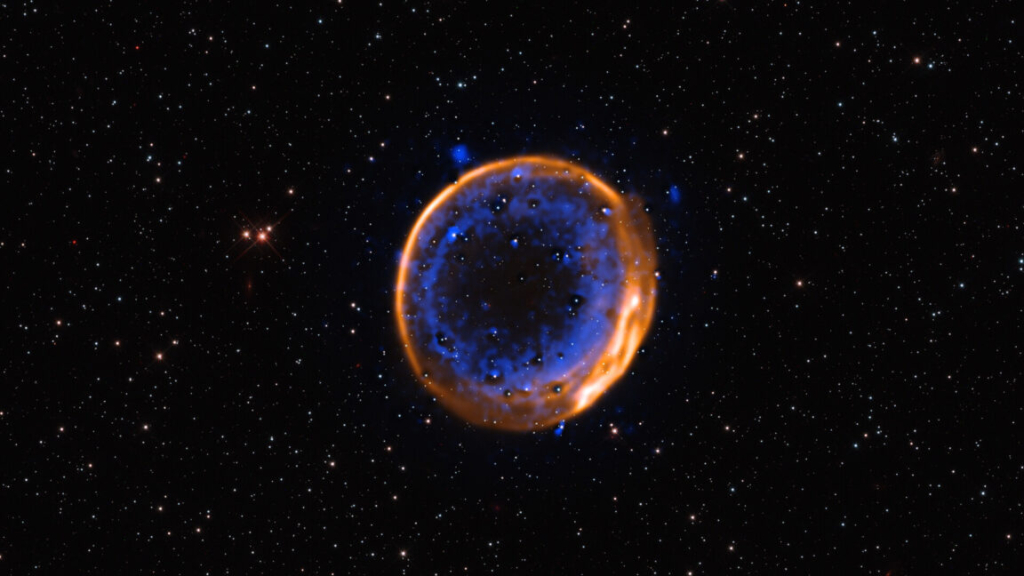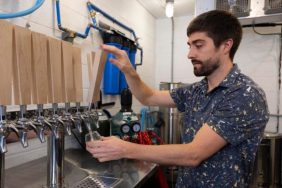In the complex lifecycle of stars, certain phenomena can lead to the formation of a second white dwarf from another stellar remnant. When gravitational instabilities occur, these two white dwarfs may collide, resulting in a more massive object. This collision reignites nuclear fusion, culminating in a significant explosion.
Astronomers have observed evidence supporting both the creation of second white dwarfs and their subsequent collisions. However, questions linger about the frequency of these events and whether they account for the observed occurrence of type Ia supernovae. Both scenarios require massive stars to be in close proximity, facilitating either mass transfer or direct collision, prompting astronomers to explore alternative explanations for the explosive demise of white dwarfs.
One viable theory is the double detonation mechanism. This process may necessitate the transfer of helium-rich material from a neighboring star but can also arise from residual helium on the surface of a white dwarf. If sufficient helium accumulates, it can trigger fusion either through critical mass buildup or increased local density caused by the helium’s dynamics. Once fusion initiates, it spreads rapidly across the white dwarf’s surface, resulting in the first detonation.
This initial explosion compresses the underlying carbon-oxygen layer of the white dwarf, increasing its density to the point where fusion can begin there as well. The subsequent fusion reaction generates heat and pressure in adjacent materials, igniting a chain reaction that ultimately results in widespread nuclear fusion within the white dwarf, obliterating it during a second detonation.
A Shell Game
The significance of this double detonation mechanism lies in its potential to trigger explosions in white dwarfs before they achieve the critical mass typically required for the fusion of carbon and oxygen. Instead, detonations may commence whenever adequate helium accumulates on the star’s surface. However, detecting a double-detonation event presents challenges, as the explosions occur almost simultaneously, and the complex surroundings of a type Ia supernova can obscure analysis.






